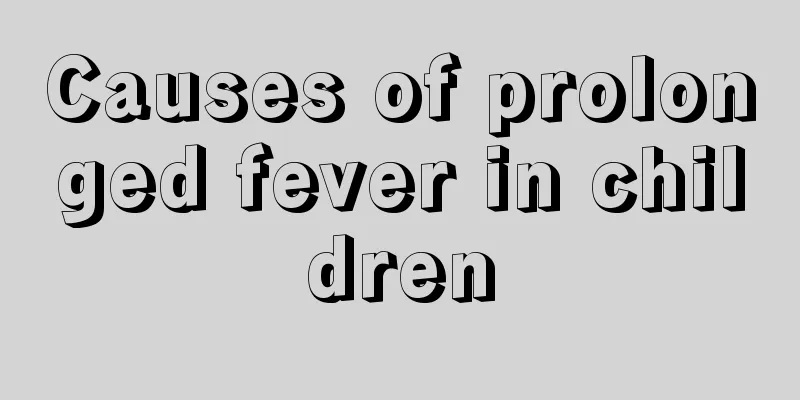High risk of jaundice after full moon

|
Many newborns will experience jaundice, which is mainly divided into physiological jaundice and pathological jaundice. There is no need to worry about physiological jaundice as it will disappear on its own after a few days, but pathological jaundice is serious and requires timely medical treatment. Generally, jaundice in newborns will disappear on its own after a few days, but if the jaundice is still high after one month, it should attract the attention of parents. So what harm will it do to the child if the jaundice is still high after one month?
Physiological jaundice in newborns can disappear on its own, but pathological jaundice is a group of diseases caused by many reasons and must be discovered and treated as early as possible. Newborns with severe jaundice should be alert to the occurrence of kernicterus, especially immature infants. The younger the age, the higher the incidence rate. Generally, symptoms such as lethargy, drowsiness, weak sucking, decreased muscle tone, vomiting, and refusal to eat may appear within 12-48 hours after the onset of severe jaundice. If treated in time, they can recover completely.
Regardless of the cause, pathological jaundice can cause "kernicterus" in severe cases, which has a poor prognosis. In addition to causing damage to the nervous system, severe cases can cause death. Therefore, the focus of neonatal pathological jaundice should be on prevention, such as preventing toxoplasmosis and rubella virus infection during pregnancy, especially preventing viral infection in the early pregnancy; preventing the occurrence of sepsis after birth; and vaccinating newborns with hepatitis B vaccine at birth. Parents should closely observe changes in their children's jaundice. If any signs of pathological jaundice are found, they should be sent to the hospital for diagnosis and treatment in time.
Many parents believe that giving babies with jaundice sugar water can treat the baby's jaundice symptoms. In fact, this is a misunderstanding. If the baby is fed too much sugar water, his digestive tract will be filled with glucose, which will make the baby lose his appetite for breastfeeding, and the frequency and amount of breastfeeding will decrease, thereby affecting the excretion of bilirubin and causing the jaundice symptoms to worsen. Physiological jaundice usually appears 2-3 days after birth and disappears around 14 days. If the baby's jaundice symptoms persist and gradually worsen, or suddenly worsen, and the baby shows symptoms such as lethargy, drowsiness, difficulty sucking, limb stiffness or convulsions, parents should take the baby to the hospital in time to avoid delaying the baby's condition. |
<<: The dangers of drinking cups
>>: The dangers of weaning at three months
Recommend
Reasons for yellow urine in six-month-old babies
Many parents are particularly worried when their ...
What to do if your child has precocious puberty
Many parents may not know much about precocious p...
What to do if your baby has a cold and is breathing rapidly
Babies are smaller, have lower immunity, and are ...
Why is it that children are late in changing their teeth?
Children are the treasures of the family. They wi...
What should I do if my 7-month-old baby gets angry?
In daily life, if you encounter some difficulties...
What to do if a little girl has body odor
It is quite common for girls to have body odor, e...
Can baby milk powder be eaten with eggs?
In daily life, eggs are an indispensable food for...
Can children eat shrimps if they have a cough?
Coughing is a very uncomfortable stage, so many p...
What is the cause of the rash after the baby has a low fever?
Sometimes the baby at home will develop a rash af...
What happens if a girl has a lump on one of her breasts?
For adult women, the appearance of lumps in the b...
What to do if a child has a boil on his head
Since the types of skin diseases are very complic...
What are the red spots on the baby's face?
What's going on with the red spots on the bab...
How to bathe a newborn baby?
Newborn babies need to be bathed frequently becau...
How to treat a 5-month-old baby with cough and phlegm?
Many parents will find that the probability of ba...
What is considered normal development for premature babies?
There are many babies who are born prematurely. P...









